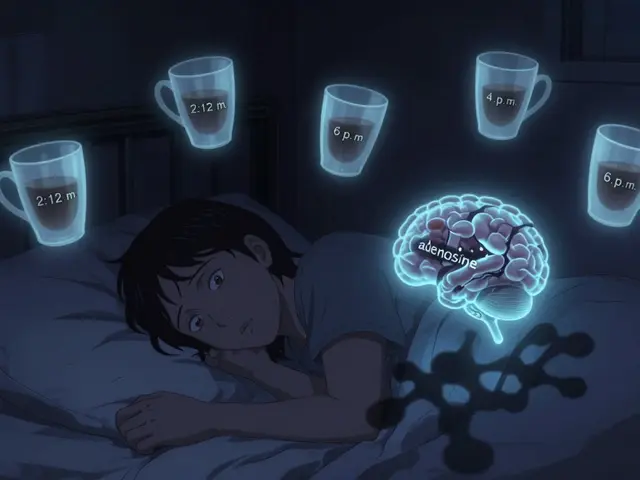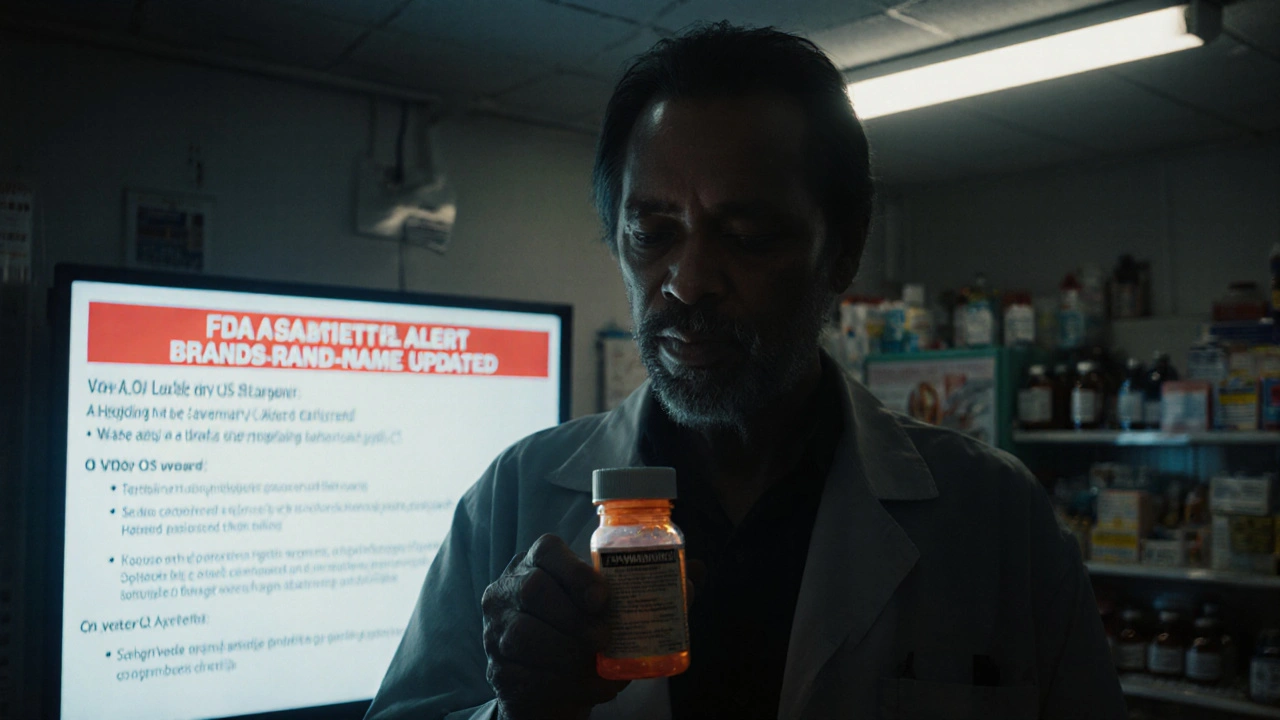Generic Drug Warnings: What You Need to Know About Safety, Recalls, and Risks
When you pick up a generic drug, a lower-cost version of a brand-name medication that must meet FDA standards for effectiveness and safety. Also known as non-brand medication, it's supposed to act exactly like the original—same active ingredient, same dose, same results. But generic drug warnings aren’t just fine print. They’re real, and they’re rising.
Not all generics are created equal. In 2018, the FDA started uncovering nitrosamine contamination, cancer-causing impurities found in blood pressure and acid reflux meds like valsartan and ranitidine. These weren’t mistakes—they were failures in manufacturing that slipped through oversight. Over 500 recalls followed, mostly tied to overseas factories where quality control was weak or ignored. This isn’t rare. It’s systemic. And it’s why people are asking: Can I really trust my generic pill?
Then there’s therapeutic failure, when a generic drug doesn’t work the way it should, even though it’s labeled as bioequivalent. This happens most often with drugs that have a narrow therapeutic index—where the difference between a helpful dose and a dangerous one is tiny. Think epilepsy meds, blood thinners, or thyroid drugs. A patient might switch from brand to generic, feel fine for weeks, then suddenly have a seizure or a clot. The problem? The inactive ingredients, the manufacturing process, or even the shape of the pill can change how the drug is absorbed. It’s not always the active ingredient that fails—it’s the whole delivery system.
And it’s not just about contamination or ineffectiveness. Some generic drugs trigger rare but deadly side effects, like medication-induced aplastic anemia, a bone marrow failure linked to drugs like chloramphenicol and carbamazepine. Others, like certain antibiotics, can cause C. difficile colitis, a severe gut infection that turns deadly when the normal gut bacteria are wiped out. These aren’t theoretical risks—they’re documented, tracked, and sometimes ignored until it’s too late.
China produces 80% of the world’s drug ingredients, and FDA inspections there show alarming patterns: falsified data, unclean facilities, and skipped tests. Meanwhile, state programs push doctors to prescribe generics to cut costs—but they don’t always check if those generics are safe, just if they’re cheap. The result? Patients get the right label, but not always the right medicine.
You don’t need to avoid generics. But you do need to know what to watch for. If your blood pressure suddenly spikes after switching pills. If your seizures return. If you get unexplained bruising or fever. If your doctor says, "It’s just the generic," but you feel worse—ask for the lot number. Check the FDA’s recall list. Talk to your pharmacist about the manufacturer. These aren’t paranoid moves. They’re smart ones.
The posts below dig into the real stories behind these warnings: the recalls, the failed meds, the hidden contaminants, and the rare but deadly reactions. You’ll find what drugs were pulled, why they failed, and how to spot trouble before it hits you or someone you care about.
FDA Safety Alerts: Understanding Communications About Generic Drug Problems
FDA safety alerts for generic drugs often lag behind brand-name versions due to outdated labeling rules. Learn how generics are monitored, why warnings may be delayed, and what patients can do to stay safe.
About
Medications
Latest Posts
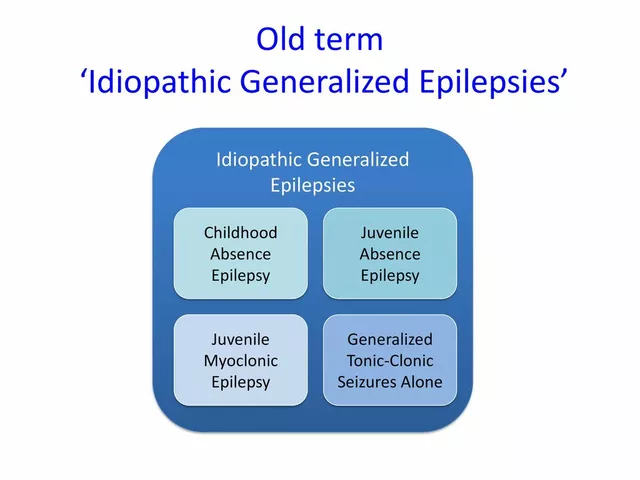

Cefprozil Storage & Disposal Guide: Keep Antibiotics Safe
By Orion Kingsworth Oct 24, 2025
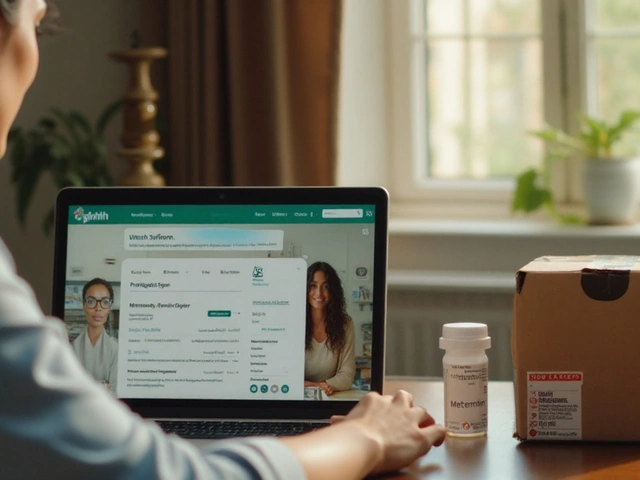
How and Where to Buy Metformin Online Safely (2025 Guide)
By Orion Kingsworth Aug 23, 2025
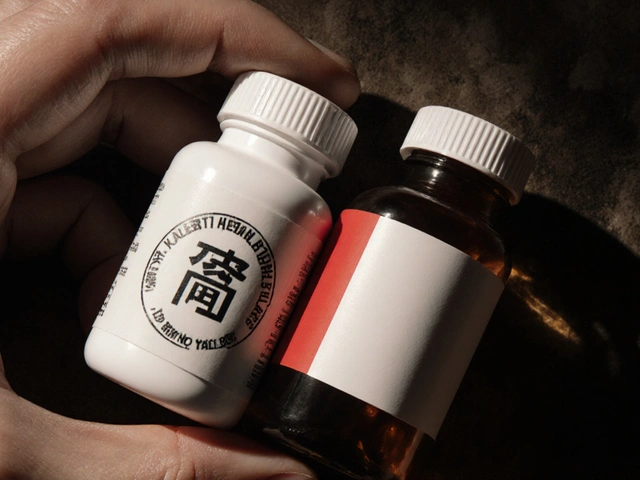
What Are Authorized Generics? Complete Explanation
By Orion Kingsworth Nov 16, 2025
